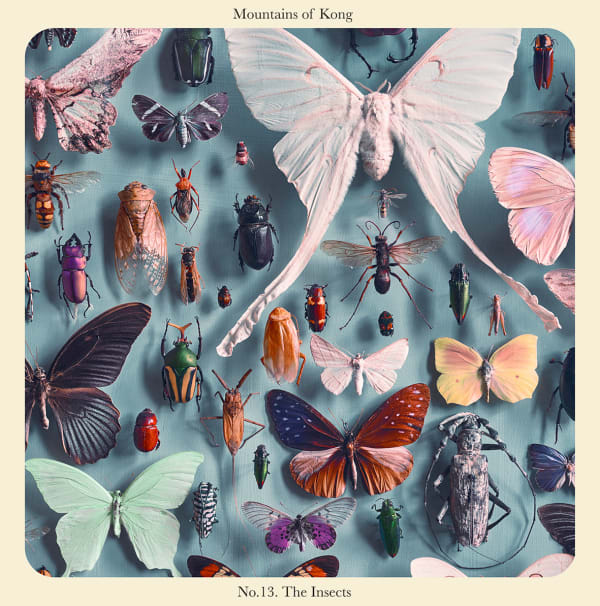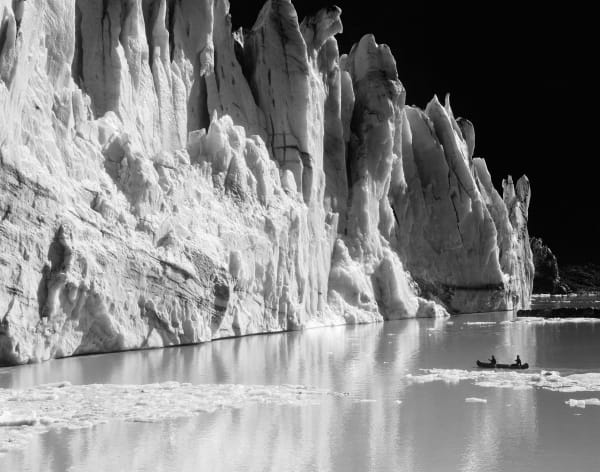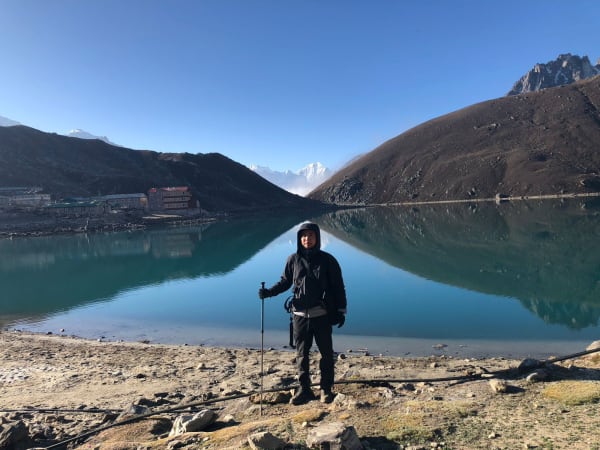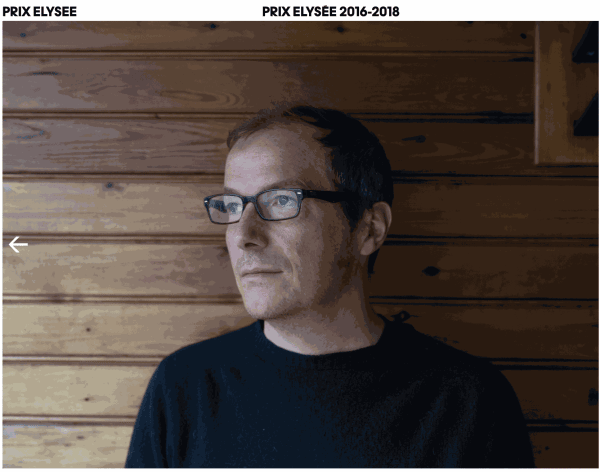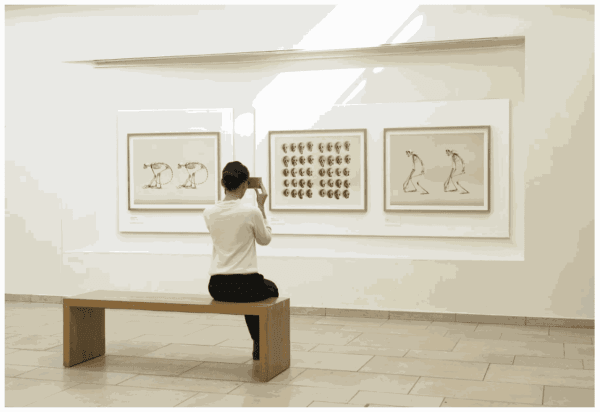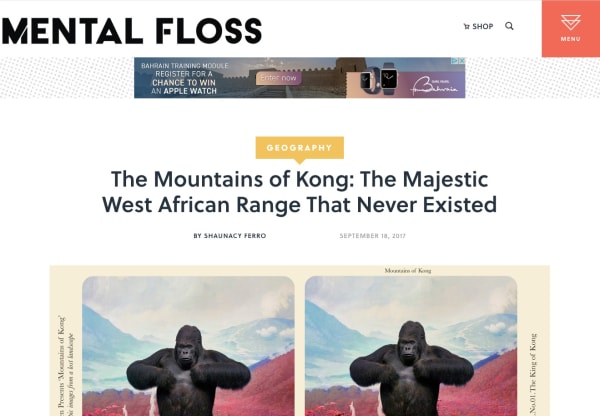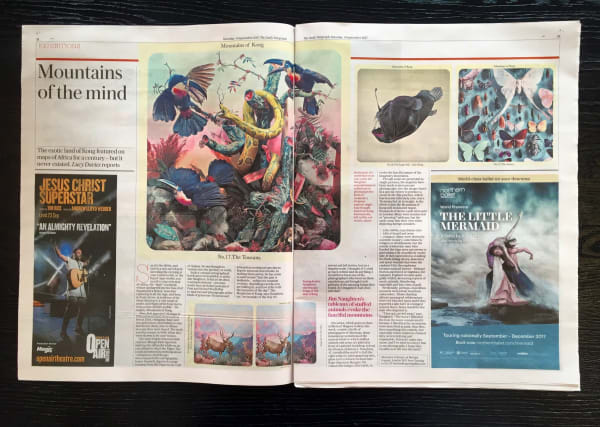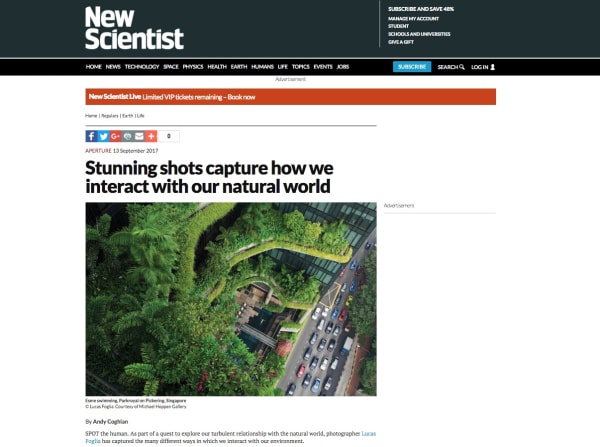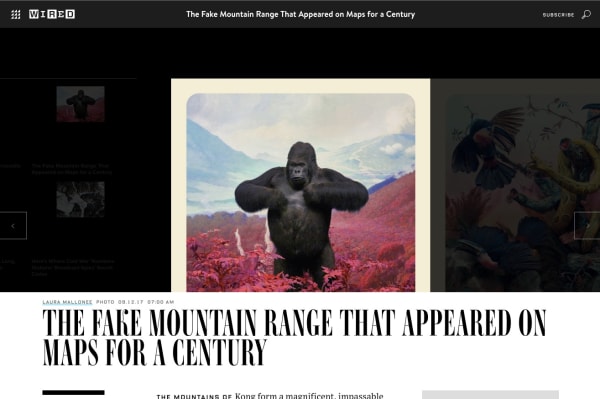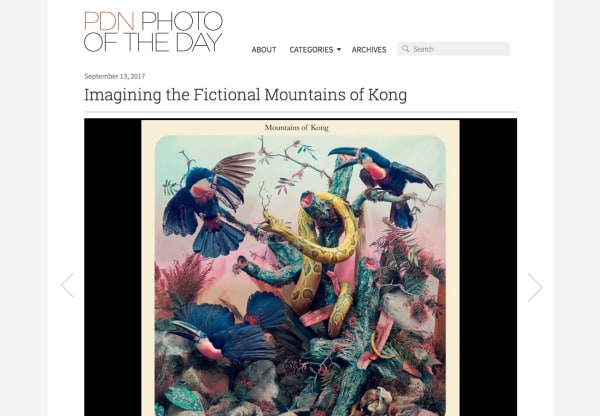Jim Naughten is an artist who understands the transformative effects that photography can have on a subject. In each of his previous projects he has been concerned with reanimating history. His latest images of Victorian and Edwardian zoological specimens continue this overarching visual enquiry but incorporate in addition a fascinating venture into three-dimensional imaging. They are captivating enough even when seen in two dimensions. But once you plunge into the marvel of their stereoscopic depth you are transfixed. Through the act of viewing, an intangible transformation takes place. While the photographs exist in physical form on paper, they also live as an experience, a beautiful illusion held in the mind.
These immaculate stereographs will have practical application from a purely documentary or scientific point of view; yet they also provoke more esoteric responses. Witnessed in three dimensions, the specimens in fluid and articulated skeletons become sculptural. The bellying of a ribcage, the swoop of a tail, or the turn of a head is an expressive form in space. It is tempting to anthropomorphise these animals. Many of the creatures here seem to possess a character that is enhanced or revealed through the photographs, as if they were acting or knowingly sitting for their portraits. The Lar Gibbon and Flap Necked Chameleon look like a jokers; the Porcupine Fish is startled; a Young Female Orangutan appears deflated; the Atlantic Cod is angry; and the Leafy Sea Dragon is a real coquette. "Examining the tracery of the bones in the Eurasian Curlew's wings and its rapier-like beak sharpens my senses. Following the arranged arabesques of the Atlantic White Spotted Octopus's arms, I am reminded of the influence of the natural world that forged Art Nouveau"
Naughten embodies the fertile marriage between nature and art in his Animal Kingdom. He dedicated a year refining the project, solving technical challenges and gathering images during visits to numerous museums. The photographs are individually coherent, but form part of a typology, a comparative study of types. Embracing the aesthetic and working reality of the archive, he shows the patina of time and handling in the fading labels, old typefaces and peeling black backing paint of the specimens in fluid. He also echoes museums' classification systems, arranging his final edited fifty images into five groups - Marine, Reptile, Mammal, Avian and Primate - reflecting the sequential and chronological evolution of man.
A sense of boyhood fascination is captured in Naughten's project. He is the nascentscientific collector of weird treasures, creating his own understanding of the world through a process of discovery and systematic gathering. The simple joy of looking is captured here too. Viewing these photographs in stereo forces attention on a single subject, and the act of observation is necessarily solitary: one subject to one viewer at a time. Relative scale of the specimens becomes ambiguous and the experience is akin to being absorbed while looking down a microscope. The impression of time passing, and the world outside, momentarily slips away and an intensified consciousness takes over. A whole universe frozen in time is reanimated and elegantly represented. It is like a secret cabinet of curiosities with its doors unexpectedly wide open.
Martin Barnes
Senior Curator of Photographs
Victoria and Albert Museum, London
-

ART GENÈVE 2019
Palexpo • BOOTH B39 31 Jan - 3 Feb 2019A preview of what Michael Hoppen Gallery will be taking toArt Geneva, SwitzerlandRead more -

JIM NAUGHTEN
MOUNTAINS OF KONG 13 Sep - 21 Oct 2017Jim Naughten solo exhibition at Michael Hoppen Gallery depicts the fictional 'Mountains of Kong' and all their splendour.Read more
-

Summer Newsletter '18
A review of the past few months at Michael Hoppen Gallery June 28, 2018The Michael Hoppen Gallery Summer newsletter 2018Read more -

JIM NAUGHTEN EVENTS
FILM NIGHT & GALLERY TALKMichael Hoppen Gallery events in conjunction with Jim Naughten's first solo exhibition at the gallery.Read more -

JIM NAUGHTEN
Nominated for the Prix Elysée prize June 28, 2016Photographer Jim Naughten has been nominated for the Prix Elysee prize.Read more -

JIM NAUGHTEN at THE HORNIMAN MUSEUM
STEREOSCOPIC IMAGES OF NATURAL HISTORY Sep 26th, 2015 - 20 Mar 2016A collection of mesmerising Natural History images by artist Jim Naughten, brought to three-dimensional life through stereoscopic photography. (wildlife, extinct, 3D, animals, nature, preserved, museum, exhibition)Read more -

Jim Naughten
Help Kickstart his Natural history book! July 16, 2015With your help I can publish a unique and beautiful book of my stereoscopic Natural History project 'Animal Kingdom'.Read more
-

The Mountains of Kong: The Majestic West African Range That Never Existed
SHAUNACY FERRO, Mental Floss, September 18, 2017 -

Mountains of the Mind
The Telegraph, print, September 16, 2017 -

Stunning shots capture how we interact with our natural world
Andy Coghlan, New Scientist, September 13, 2017 -

The Fake Mountain Range That Appeared on Maps for a Century
LAURA MALLONEE, WIRED , September 13, 2017 -

Imagining the Fictional Mountains of Kong
PND, September 12, 2017 -

Mountains of Kong: a dazzling world that never was
Lucy Davies , The Telegraph, September 12, 2017




